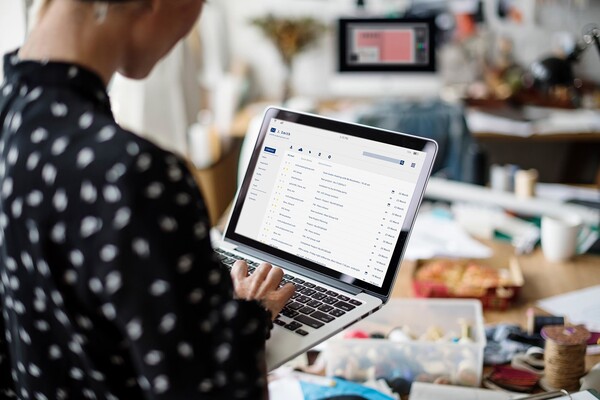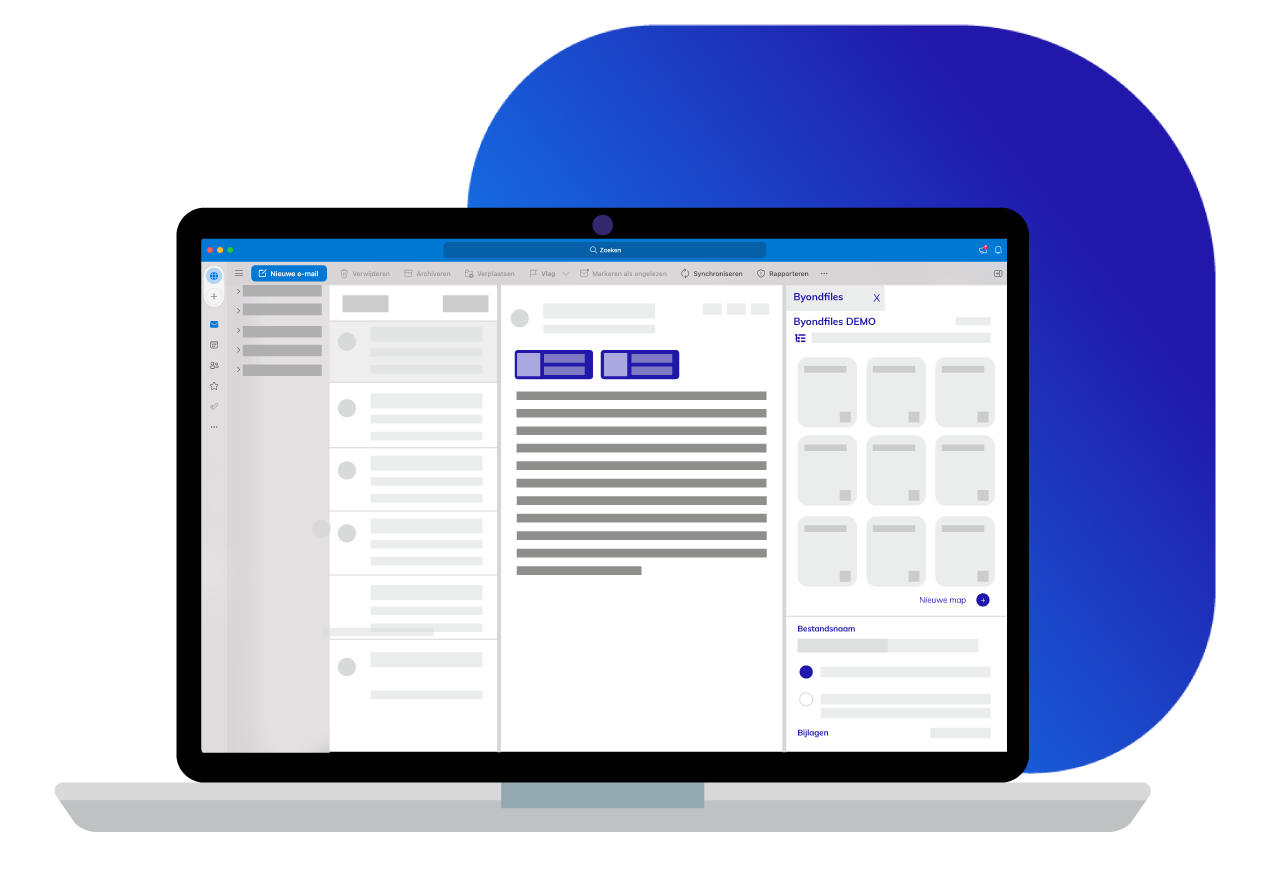Useful Tips for Managing Your Mailbox
According to a Forbes article from 2017, office workers receive an average of about 200 messages per day, with approximately 144 being irrelevant. As a result, they spend two and a half hours reading and responding to these emails. That was in 2017. Now, in 2021, these numbers have increased even further. Fortunately, there are effective ways to filter your mailbox so you're not overwhelmed, and you can spend your time more efficiently. Discover our tips here.

How Did This Email Overload Start?
The spread of email in the 1990s transformed the workplace. It enabled everyone to reach each other at any time of the day. Naturally, emails also brought obligations. They needed to be checked and responded to regularly. Employees who only had to worry about their work, a meeting, or a phone call were suddenly overloaded with emails. This caused much more chaos in a workday.
Receiving emails isn't particularly burdensome, but we feel compelled to open and respond to them as quickly as possible. Every time we receive a new email, we experience a small reward in the form of dopamine.
Email traffic has exploded in a short time, and we now receive a flood of messages daily. Especially during a pandemic, where working from home is the norm, this issue is more significant than ever. We not only lose time processing emails but are also too easily distracted, hindering our ability to focus on important tasks.
Can We Reduce Emails?
Unfortunately, we cannot reduce the flow of emails, but with some handy hacks, we can make sure they are less of a distraction.
One of the most well-known authors who has addressed this issue is probably Merlin Mann, noted for his 43 Folders productivity blog. His concept of Inbox Zero became very popular in 2007 when his presentation at Google's Headquarters surfaced on YouTube. Merlin, in turn, was heavily inspired by David Allen's Getting Things Done methodology.
Some Personal Hacks
There is a classic productivity theory that an office worker should never touch a piece of paper more than once. You should read the document once and then do something with it. Based on this theory, Mann devised his method for processing emails more efficiently.
Every email that arrives should be read once. Depending on the content of the email and the expectations placed on you, you have five actions to choose from:
- Delete or Archive: You have absorbed the information and need to do nothing further.
- Delegate: The requested action can (or will) not be performed by you, so you pass the task to someone else.
- Respond: If the response takes less than 2 minutes, reply immediately.
- Do: If the requested action takes less than 2 minutes, perform it immediately.
- Defer: If the action or response takes more than 2 minutes, schedule a time in your calendar to perform the action or respond to the email.
According to Mann, anyone who applies this strategy daily should have an empty inbox. This strategy is called Inbox Zero.
Contribute to the Solution Yourself
To ensure that fewer emails are sent, it’s a good idea to contribute yourself. Ask yourself the following questions for each email you send:
- Is it necessary to send this as an email?
- Do I need to reply to everyone or just a few people?
- Does everyone need to be in CC?
- Can this be discussed more quickly face-to-face or over the phone?
By following these considerations, you will find that fewer emails will be sent from your mailbox, and hopefully, you will receive fewer in return.
A Solution from Higher Up
In addition to the tips given above, many productivity experts (like Tim Ferriss) advocate opening your mailbox only twice a day. This way, you can handle emails at set times. But what is the stance of companies on this method?
Employees are often expected to respond to emails immediately. While this might work for line managers, it certainly doesn't for other roles. Too many interruptions prevent us from engaging in deep work.
Email overload is something that can only be tackled if companies are willing to be flexible and individuals develop a routine for processing their inbox.
Working with ByondFiles
Do you want to ensure that your employees manage their mailbox even more efficiently? Our document management solution provides easy management of emails and their attached documents. Everything is stored in a central location so you and your colleagues can easily find everything.
Interested? Request your demo here.
